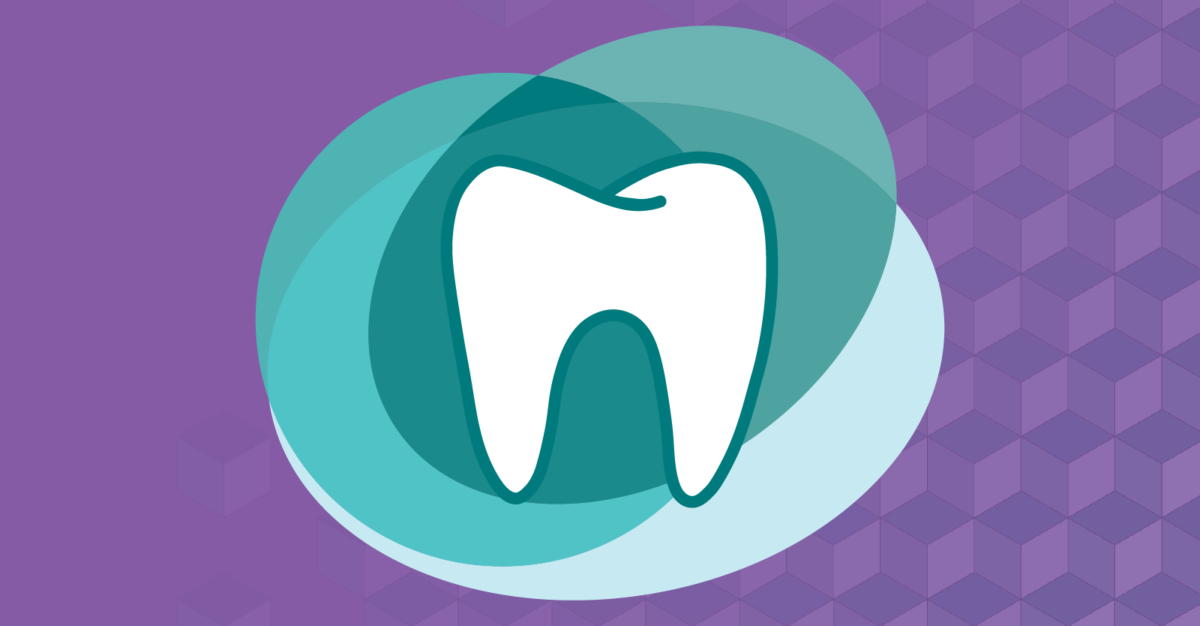At the beginning of the new year, the American Dental Association Health Policy Institute released a new statewide report on oral health access for North Carolinians with Medicaid dental coverage.
As those of us at NCOHC read through the report, we saw both encouraging signs and cause for concern. For more perspective, we spoke to Dr. Mark Casey, dental officer for the North Carolina Division of Health Benefits (NC Medicaid).
Our conversation with Casey covered two important points. First, how are we measuring access to providers, and how could that measurement be improved? Second, what strategies can be implemented to increase use of benefits to ensure that more North Carolinians are accessing oral health care?
What is a “meaningful provider,” and how can the metric be improved to better measure access?
From the report: Out of 2,295 pediatric providers who accept Medicaid/CHIP insurance, HPI found 1,522 to be meaningful providers. For adults, 988 of the 2,160 Medicaid/CHIP providers were found to be meaningful providers.
The HPI report measured Medicaid participation with a “meaningful provider” benchmark of $10,000. This means that a provider who accepts Medicaid/CHIP insurance is considered a meaningful provider if they file $10,000 or more in claims with NC Medicaid each year.
This kind of benchmark offers important insight, filtering out providers who may only see a handful of cases each year, and revealing a map that better shows where access points truly exist.
But while $10,000 has been a standard benchmark, Casey thinks that the number should be higher, given changes over time in reimbursement rates and baseline cost of care.
“It really doesn’t take much in the way of claims activity to hit the $10k threshold these days,” said Casey. “The fact that this level of participation has not changed for 20 years ignores the inflationary pressures on costs to provide treatment and increases in reimbursement rates for providers.”
Casey said that he would like the reimbursement threshold to be $25,000 or $50,000.
He also mentioned that some organizations opt instead to measure meaningful providers by the number of Medicaid or CHIP patients treated in a year, a benchmark that would not be subject to change due to inflation or changes in reimbursement rates.
How do we increase the percentage of Medicaid-enrolled children and adults who use their benefits and see a dentist each year?
From the report: HPI found that 90 percent of Medicaid/CHIP-insured patients live within 15 minutes of a participating dentist, but only one-fifth of Medicaid-enrolled children and one-fifth of Medicaid-enrolled adults live in areas with an enrollee-to-meaningful provider ratio that is less 500-to-1.
To increase participation among this population, Casey discussed a two-fold approach.
First, he said that he believes more coordinated, innovative education initiatives between interested stakeholders would help encourage parents to take their children in for routine care.
Second, Casey said that a closer look at the population of participating dentists is important as well.
“I think we have a large number of providers who are on the low end of the Medicaid spectrum of participation,” said Casey. “I really do think that if the professional membership groups encouraged providers to participate—take 5-10 families as new patients for the year—we would see a spike in participation.”
According to Casey, both increasing the number of patients that enrolled providers see, and encouraging non-participating providers to begin seeing Medicaid patients, is critical to increasing access to care.
An innovative addition: hospital dental clinics
Casey discussed increasing the number of hospital dental clinics in North Carolina as an addition to the oral health care landscape that could increase access to important services, especially for some of the most underserved populations.
“With hospital dental clinics, my main goal is to provide a safe place for dental treatment for patients who have co-morbidities,” said Casey. “My thinking is not just diversion of dental emergencies from the ER, but also as our population ages, there are going to be a lot more elderly folks with chronic medical conditions that put them at risk for problems during a dental office visit.”
Casey also mentioned that hospital dental clinics could offer better options for dental patients with intellectual and developmental disabilities, a population that remains underserved in much of North Carolina.
Stay tuned for more analysis of the HPI report and NCOHC’s thoughts on the approaches needed to create a North Carolina where everyone has access to quality, affordable oral health care.
NCOHC is a program of the Foundation for Health Leadership & Innovation. For more information and to stay up to date, subscribe to the NCOHC newsletter. If you are interested in becoming an NCOHC member, you can also fill out our membership form. It’s free!


